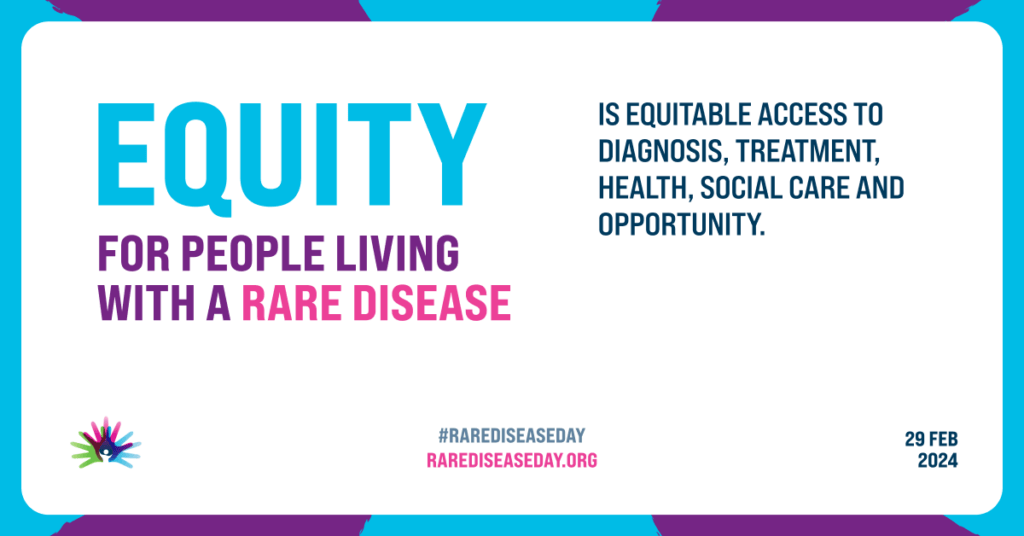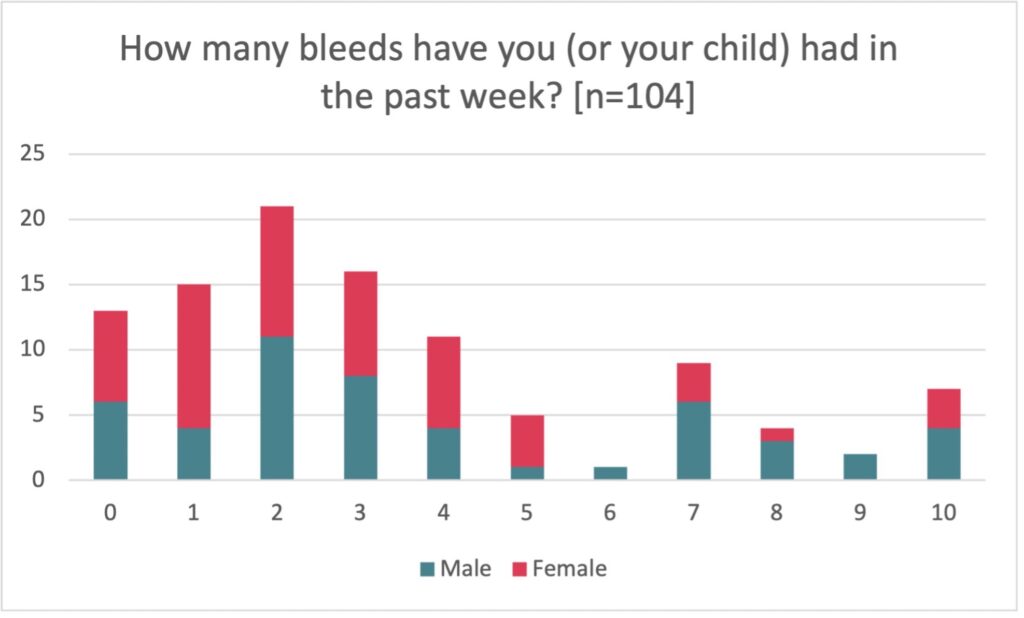In addressing equity, we need to acknowledge the rares within the rare
For Rare Disease Day 2024 the theme is “equity.” This is certainly a topic that resonates within the bleeding disorders community, where more and consistent attention needs to be paid to the “rares within the rare”.
For Rare Disease Day 2024 the theme is “equity.” This is certainly a topic that resonates within the bleeding disorders community, where more and consistent attention needs to be paid to the “rares within the rare”.
We of course must start by recognising that challenges for people with haemophilia persist (particularly in the developing world). There are still plenty of improvements to treatment and care to be made. However, within the past decade we have seen unprecedented development within this space. Today, conversations tend to be focused on shared-decision making, informed consent and how to best introduce exciting new treatment prospects to the community, rather than discussing considerable knowledge gaps and unmet need.
Yet the harsh truth is that across rare bleeding disorders, there is an issue of inequity. Over the last couple of years, Haemnet has undertaken in-depth research in to several ultra-rare bleeding disorders, as well as research in to the impact of haemophilia and bleeding disorders in women. Our findings highlight a number of serious issues faced by those living with certain rare bleeding disorders and suggest a serious lack of equity when it comes to accessing diagnosis, treatment and care.
Let’s start with Glanzmann’s Thrombasthenia (GT). It’s no secret that not all bleeding disorders are created equally. A huge amount of time, research effort, and funding have improved our understanding of the impact of haemophilia on those living with it. Over time this has resulted in the development of effective treatments. By contrast, a brief glance at the number of publications on GT shows that this “one in a million” disorder has received very little investment. The result is that treatment options are limited. Haemnet’s first of its kind Glanzmann’s 360 Study took an in-depth look in at the lived experience of people with GT and their family members.
Through our mixed-method approach we heard from over 100 people affected by GT. Results from our survey and in-depth interviews provided crucial insight in to the realities of everyday life for people with GT. 80% of people reported missing school or work due to bleeding, and 70% reported fatigue, often associated with symptoms of anaemia.
“Yes. I don’t remember a time when I haven’t been tired. I think as a kid I wasn’t, which must have been really nice. But ever since my teenage years, I just don’t remember a time when I’m never tired. I’m always tired. That sucks.”
Perhaps most striking was the frequency of bleeds, with 87% of people reporting to have had a bleed in the past week (with an average of 3.5 bleeds in the past week across the data set). This suggests that people with GT deal with a level of bleeding in their day to day lives that would be seen as unacceptable in the severe haemophilia community.
Whilst some might argue that many of these bleeds are “minor” (such as bruising, gum bleeds and nosebleeds), their impact should not be disregarded, especially when experienced at such frequency. Besides, contrary to what most believe about GT, we spoke to many people who had experienced a number of joint and muscles bleeds. Unfortunately, unlike those with haemophilia, these bleeds may not have been properly recognised and treated.
“I used to get a lot of internal bleeding into my knees or my ankle. It was more during… it used to happen during my childhood days when I used to try and get into sports, so I think internally it would bleed. But it’s happened since.”
Keeping things ultra-rare, Haemnet more recently launched the FVII Deficiency 360 study. As we approach the end of this study, the responses to our survey and interviews suggests these patients face many similar issues as the GT community.
“Even things like scratching, so if my legs are a bit dry and itchy and I scratch, they’ll just get all mottled and bruised, and, on one occasion, I remember sitting on a hard chair in a restaurant and then I had bruises on the back of my thighs from the chair pressing into my legs for an hour or so.”
If you are affected by or care for someone with FVII Deficiency and would like to contribute to this study, please check out our survey.
From our exploratory research into the realm of ultra-rare bleeding disorders we have identified a serious issue when it comes equitable access to care and treatment when compared to haemophilia. This ultimately leads to poorer outcomes and lower quality of life among these subsets of the wider bleeding disorders community. We need to do better. This sudden surge of interest in ultra-rare bleeding disorders needs to go beyond merely identifying the next best therapeutic target now that haemophilia feels somewhat oversaturated in choice. Interest and development of treatments in ultra-rare needs to be sustainable and tailored. At Haemnet we truly believe this is done best by attentively listening to the patient voice, capturing the lived experience, expanding knowledge in these areas, and ultimately bringing about meaningful changes to these communities.
Disclosure: the Glanzmann’s 360 Study and FVIID 360 Study are funded by Hemab Therapeutics


